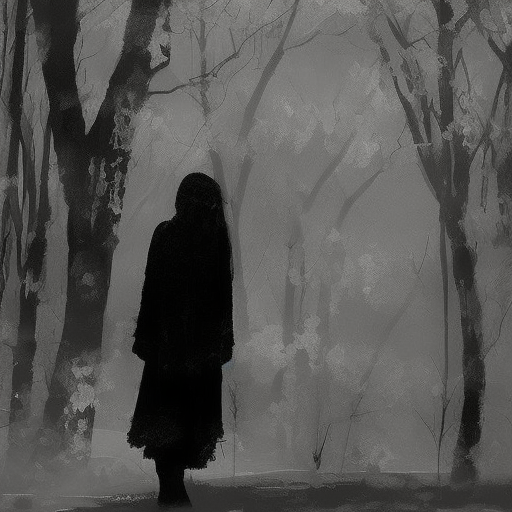The Last Laugh by F. W. Murnau
One-line Summary:
The Last Laugh, directed by F. W. Murnau, is a silent film that explores the devastating effects of aging and the loss of one’s social status. It tells the story of an aging hotel doorman who is stripped of his prestigious position and uniform, leading him to face humiliation and despair. The film delves into themes of identity, pride, and the transient nature of life.
Main Cast and Crew:
- Director: F. W. Murnau
- Writer: Carl Mayer
- Key Actors: Emil Jannings as the doorman, Maly Delschaft as the landlady, Max Hiller as the nephew
- Music Director: Giuseppe Becce
- Director of Photography: Karl Freund
- Producers: Erich Pommer, Carl Mayer
Plot:
The film follows an elderly doorman (played by Emil Jannings) who has dedicated his life to his job at a prestigious hotel. He takes immense pride in his uniform and the respect it brings him. However, due to his age and declining physical abilities, he is demoted to a lowly washroom attendant. Stripped of his uniform and dignity, the doorman becomes a laughingstock among his colleagues and neighbors.
As the doorman struggles to come to terms with his new position, he faces further humiliation when he is caught stealing his old uniform. His nephew, who had once admired him, now disowns him. The doorman’s life spirals into despair, and he contemplates suicide. However, a chance encounter with a wealthy hotel guest restores his sense of self-worth, albeit temporarily.
Themes and Motifs:
The Last Laugh explores the themes of identity and pride, highlighting how one’s social status can define their sense of self. The film also delves into the transient nature of life, emphasizing that material possessions and external validation are fleeting. Murnau uses visual motifs, such as the doorman’s uniform, to symbolize the loss of identity and the power dynamics within society.
Reception and Legacy:
Upon its release in 1924, The Last Laugh received critical acclaim for its innovative storytelling techniques and Emil Jannings’ powerful performance. The film was praised for its use of visual storytelling, with Murnau’s expressive camera movements and Karl Freund’s cinematography capturing the emotional journey of the protagonist.
The Last Laugh was a commercial success and solidified Murnau’s reputation as a master filmmaker. It received several awards and nominations, including the Kinema Junpo Award for Best Foreign Language Film. The film’s influence can still be seen in modern cinema, particularly in its use of subjective camera techniques and its exploration of the human condition.
Recommendation:
The Last Laugh is a timeless masterpiece that showcases F. W. Murnau’s storytelling prowess and Emil Jannings’ exceptional acting skills. It is a must-watch for cinephiles and those interested in the history of silent cinema. The film’s exploration of themes such as identity, pride, and the fleeting nature of life make it a thought-provoking and emotionally resonant experience.
Memorable Quote:
“The tragedy of life is not that it ends so soon, but that we wait so long to begin it.” – The Last Laugh












